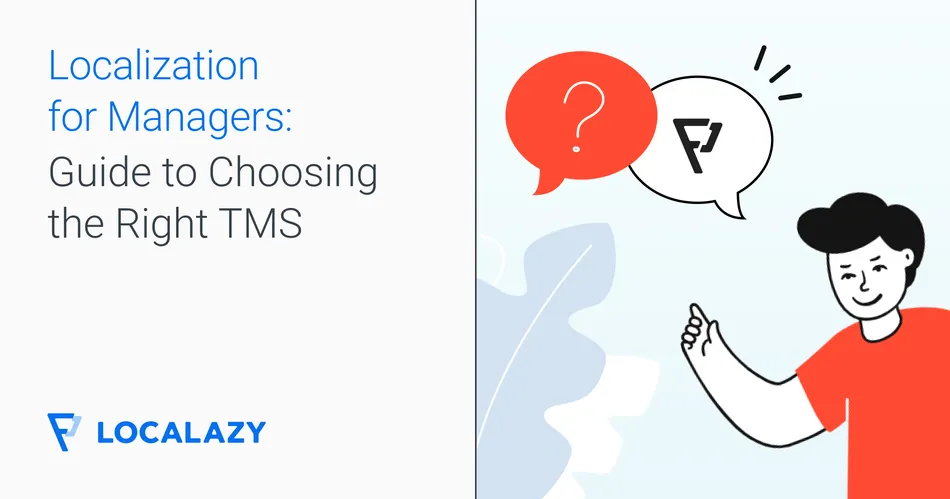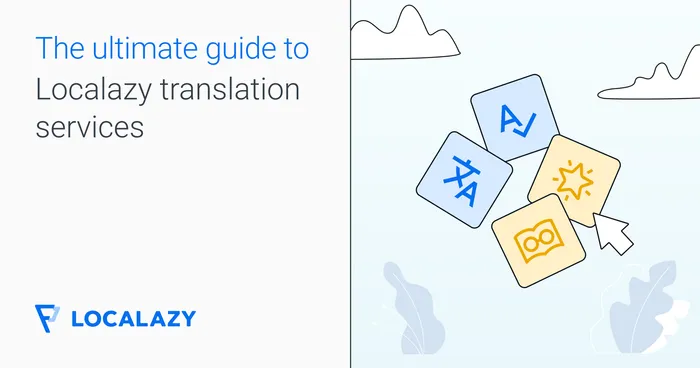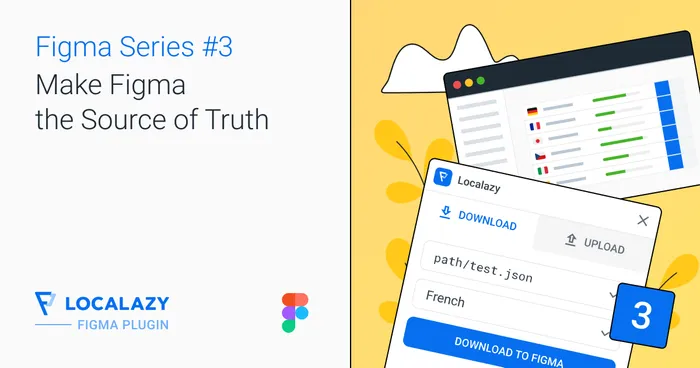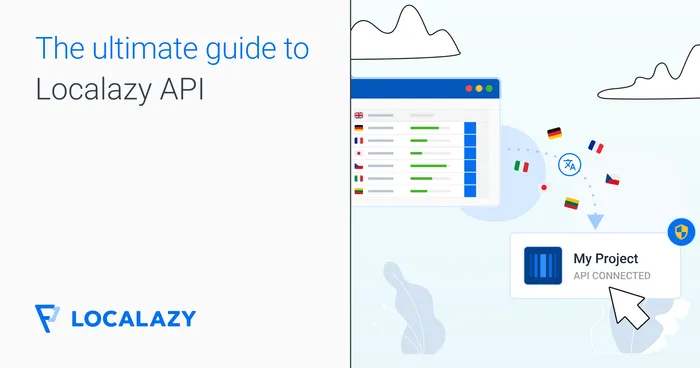When it comes to localization with a translation management system (TMS), product managers or owners usually fall into one of two camps:
- 😒 "Forgeddaboutit!" – "We've got a few translators on board, so we've got it covered, no need to worry. Why look for a TMS when our current system works?"
- 😬 "Help!" – "We want to localize for global growth. We've heard translation management systems are good but don't know where to start."
The first one is a myth that we busted here. If you fall into the second bracket, fear not—we're here to help!
🫨 Avoid analysis paralysis 🔗
You already know that localization is critical to global growth, but figuring out how to do it efficiently can be a headache. The market is awash with CAT tools and translation management systems (TMS), and they all promise the world.
Many people get stuck in a state of 'analysis paralysis.' You're not sure which one to pick. Then, when you finally pick one to try out – more often than not, you end up disappointed. Excel sheets still fly around to get the translations done properly. Designs need constant adjusting. You end up with missed deadlines. Missed opportunities. 😔

The problem with the majority of localization solutions out there is that they don't take a joined-up approach. And sloppy localization inevitably leads to less than spectacular results.
So, what can you do about it?
The best thing to do is to look for a new system that streamlines the whole process into one simple automated workflow. One that's simple enough for the whole team to use from day dot. A system that frees you from unnecessary manual localization tasks so you can focus more on innovation and growth.
There's a TMS just for you out there – waiting to make your life easier. All you've got to do is find it. Hopefully, this guide will help.
👁️ What to consider when choosing a TMS 🔗
⚙️ Process Management & Automation 🔗
Ideally, you want a TMS that practically handholds you through the entire localization process with clearly defined stages.
For example, having the ability to define "new content ready for translation," which then:
→ 🔔 Triggers notifications to translators or the agency.
→ 👀 Pushes everything into a review stage with your in-market folks.
You get the idea!
Automated workflows eliminate a lot of back-and-forth and free you and your team to focus on strategy instead of shuffling spreadsheets. The dream is clockwork syncing between your development environment and the TMS to catch all text strings.
👩💻 Translation providers 🔗
You want your TMS to integrate with reputable translation agencies or give access to a pool of quality freelance translators. This will save you the manual searching, negotiating, and onboarding. Finding reliable linguists for industry-specific language pairs can be tough. It's a big relief if you can find a TMS with this feature readily available.

🔎 Quality Assurance tools 🔗
Look, nobody's perfect! A TMS needs solid QA functionality for everyone involved. For instance, you may get a translation that comes back sounding way too formal compared to your usual brand voice. A built-in style guide and glossary feature that allows you to clearly communicate how you want your product represented will avoid those kinds of issues.
👯 People Management 🔗
Too many cooks spoil the broth. 👨🍳 That's why you don't need to give every team member full editing access to translations—it just creates potential errors.
If you collaborate with in-market reviewers, the functionality needs to be smooth, as they're vital to maintaining cultural relevance. Permissions are crucial here—if there is a clean-cut system to manage them and an easy-to-navigate UI, they'll be able to do their job easily within a shared environment. The same applies to translators, product owners, and localization managers (if you have one).
You'll also need to ensure good reporting—not just on the volume translated but also on the number of issues flagged or on which translators received good feedback for those in-market reviews. This helps measure team efficiency and even justify hiring in a new region when the reports support it.
Permissions are crucial in a good translation management system. Too many cooks spoil the broth – that's why editing access must be easy to manage so linguists can do their job
👨🏫 Learning curve 🔗
A complicated system leads to problems and bottlenecks. If something isn't intuitive, your devs will not input new strings independently, translators might avoid the platform, and you will be the middleman!
The last thing you want is to revert to your messy system of emails and spreadsheets because, as it turns out, it was, weirdly, faster! Look for a TMS with a user- and developer-friendly interface that everyone feels comfortable with and can warm up to quickly; otherwise, the potential benefits of a TMS go out the window.
📈 Time To Market & ROI 🔗
Time to market directly impacts revenue. Every product update shouldn't send you into a frantic translation scramble impacting every other company activity. You want an adaptable TMS that allows for simultaneous sprints and can integrate into your usual workflows, helping you get to market quickly internationally.
Beyond that, a decent system should reduce errors and make it harder to break builds accidentally due to localized content. Those headaches cost precious developer time, which could be used to create amazing new features that wow your users.

🔗 Interoperability 🔗
The content in your CRM, website, marketing tools, design platforms, and more will likely also need to be updated in new languages. A quality TMS will be able to link up easily with them, with only a bit of dev work required upfront. Check out how your system of choice integrates, as this will make a huge difference.
Plus, you'll want the updates to happen instantly—especially if you're expanding in multiple markets simultaneously. In this case, a solid Content Delivery Network (CDN) can make them seamless. This avoids nightmares such as your salespeople not having localized materials when a key market campaign kicks off because, guess what, no one thought to tell them!
📞 Help & Support 🔗
If things go wrong, you need responsive support. Nobody has time to hunt through dense support pages. An ideal TMS will have easily accessible customer support and someone who is dedicated to your account within the first few months.
Let's say you encounter a bug early on in your initial translation project. Some strings disappear, or something happens to your source keys—problems like that can mess up your UI, cause delays, and bring your frustration to a boiling point. A proactive support approach builds trust and confidence—just what you need when trying to expand into new markets.
Interoperability is critical: you want a TMS that has the ability to integrate with multiple platforms and file formats, as well as deliver instant content updates for the different markets you're present in
💸 Costs & Scalability 🔗
Cost... Obviously, it matters. However, the cost of poor localization may be even higher.
Imagine a growing company with its product available in five European markets, each with its respective languages. What if the product suddenly takes off in India? What if you want to expand the features you're offering? You need a model that doesn't suddenly balloon to ridiculous pricing if you double your target market and source keys. 🎈 It should ideally start simple, with clear usage tiers and the possibility of scaling. Otherwise, that initial ROI justification starts to crumble.
🤓 Reporting & Auditing 🔗
An ideal TMS gives clear-cut reports, not just vanity metrics. Word counts alone don't help. You need insights that inform your strategy. For instance, is there a certain region where tons of QA edits come from? Maybe your translators didn't hit the right tone there, or the quality is not the best, and you need an alternative.
Detailed insights also support auditing, especially if you need to reach compliance for the industries you serve. If something slips through translation into a new market and is legally dubious, you need records to track down exactly where things went wrong.

🔐 Security 🔗
Most people expect top-notch security these days. If your code repository is under lock and key, you naturally want any solution that links to those texts to be equally secure. Comprehensive security protocols that give specifics on encryption, data handling, etc., are essential. No business can afford data breaches, as your reputation would suffer, and you would quickly lose customer trust.
👇 Example of Localazy in action 🔗
Now that you know the elements that make up a good TMS, we want to show you how Localazy checks all these boxes. ✅💪 Below is a breakdown of how a typical localization workflow works with us.
1. Setup & connection 🔗
- 🪄 Project Creation: You create a new project within Localazy for your product. Every account can have unlimited projects, in case you have multiple products or services to market or need granularity depending on whether you're handling a website, app, marketing materials, etc., within one interface.
- 🧩 Integration: The beauty of Localazy is its flexibility. You might link directly to your code repository, use our CLI for static files, or have an initial manual upload of translation keys. The goal here is to automate the identification of strings that need translation.
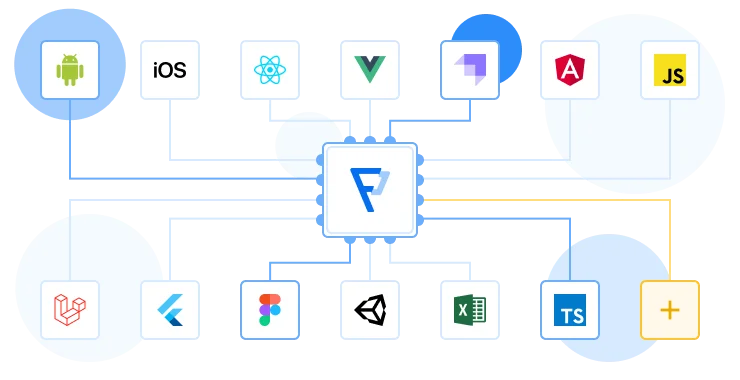
🏄 Check out our available integrations here, and get started with our quick guides in just a few steps!
2. Translation phase 🔗
- 🔦 Automated Content Detection: New, untranslated strings become flagged on the dashboard. With ShareTM, you can automatically translate common UI elements ("Save," "Cancel," etc.) and populate your own set of Glossary terms, which ensures consistency and lets you handle a good chunk of the basic work in just a few steps.
- 📚 Translation Process: When the time to translate comes, there are multiple options depending on your budget. Smaller teams might lean on internal resources and Localazy's collaborative features. But there's more: you can order professional translations from within the platform, use MT and refine the results with human help (or vice-versa), or set up an integration with your preferred translation agency.
- 🔎 In-Market Review: This step is often neglected in systems lacking decent QA, but it's key. During the review process, proofreaders and regional partners get notified, review translations in context, and flag anything potentially awkward or tonally inaccurate by accessing the UI with the newly translated content.
3. Quality assurance & updates 🔗
- 📖 In-Context Review: The platform enables easy commenting directly on translations and context screenshot uploads to pinpoint what needs adjustment, avoiding those vague "something feels off" emails.
- 🔄 Revisions & Updates: Once the quality is ensured through the previous steps, translators or your team implement the requested changes. Ideally, these become incorporated into your Translation Memory.
4. Release and deployment 🔗
- ⚡️ Flexible Publishing: With Localazy, your developers will have the best tools available to them. And we are not talking only about the API. Depending on your setup, your team can reach near-simultaneous content rollout into multiple versions of your website, app, etc., with Localazy CDN. The best thing is that our CLI works seamlessly with CI/CD tools, and it was designed to make updates of your localized content as easy as possible. And when you just want to test things out, simply upload and download your JSON, XLIFF, or other files directly in the UI.
- 🔏 Permission Controls: Minimizes the 'too many cooks' problem. Keep certain translation tiers only accessible to certain roles – the goal is to ensure localized releases don't become bottlenecks.

5. Iteration and insights 🔗
- 📊 Reporting and Auditing: Localazy offers dashboards for translation volume, QA edits, etc., so you can spot efficiency gains and advocate for specific translation resources when needed.
- 🔥 Scalability: You aren't locked in: languages and users are unlimited in all plans, and you can access more advanced features like screenshots in a modular way within Localazy's pricing structure.
➡️ Discover how our scalable pricing structure works in this guide.
✔️ Conclusion 🔗
For busy product managers, localization can feel like a costly extra, not a key growth driver. Choosing the right TMS is what flips that perspective. Think of the factors we've outlined: automation, collaboration, built-in QA safeguards… All of these help you save time to focus on your core product.
A quality TMS shouldn't break the bank or feel like another technical burden. The benefits extend way beyond translated words—you gain better internal workflows, data to support market expansion, and, ultimately, the ability to offer a truly world-class user experience in any region.
Ready to see this in action? Check out our free 14-day trial to kick the tires and get a feel for continuous localization with Localazy.
